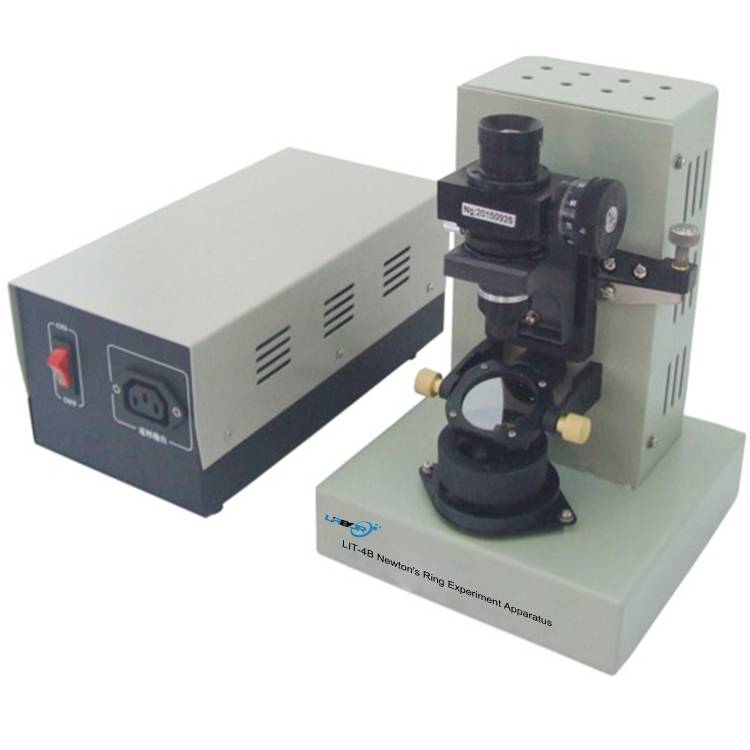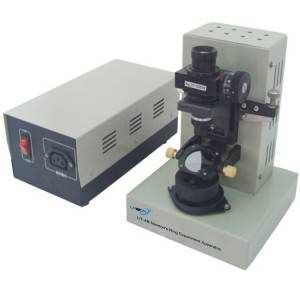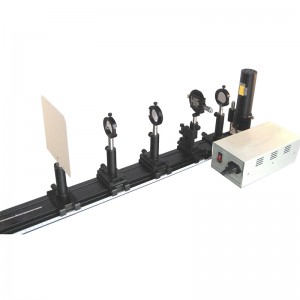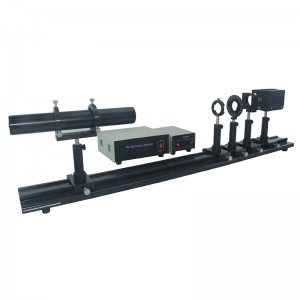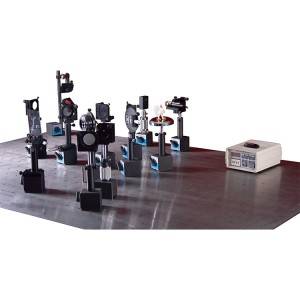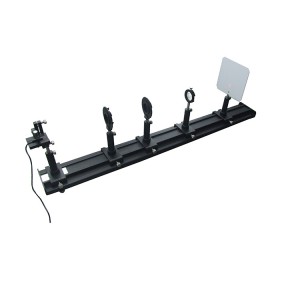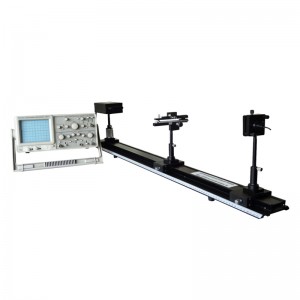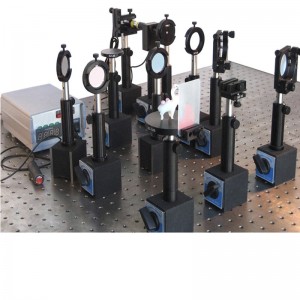LIT-4B Newton’s Ring Experiment Apparatus – Complete Model
Description
The phenomenon of Newton’s rings, named after Isaac Newton, when viewed with monochromatic light, it appears as a series of concentric, alternating light and dark rings centered at the point of contact between the two surfaces.
Using this apparatus, students can observe the phenomenon of equal-thickness interference. By measuring interference fringe separation, the radius of curvature of the spherical surface can be calculated.
Specifications
|
Description |
Specifications |
| Minimum Division of Reading Drum | 0.01 mm |
| Magnification | 20x, (1x, f = 38 mm for Objective; 20x, f = 16.6 mm for Eyepiece) |
| Working Distance | 76 mm |
| View Field | 10 mm |
| Measurement Range of Reticle | 8 mm |
| Measurement Accuracy | 0.01 mm |
| Sodium Lamp | 15 ± 5 V AC, 20 W |
| Radius of Curvature of Newton’s Ring | 868.5 mm |
| Beam Splitter | 5:5 |
Write your message here and send it to us



